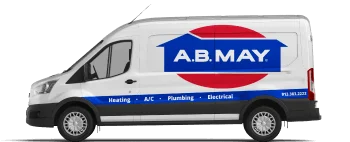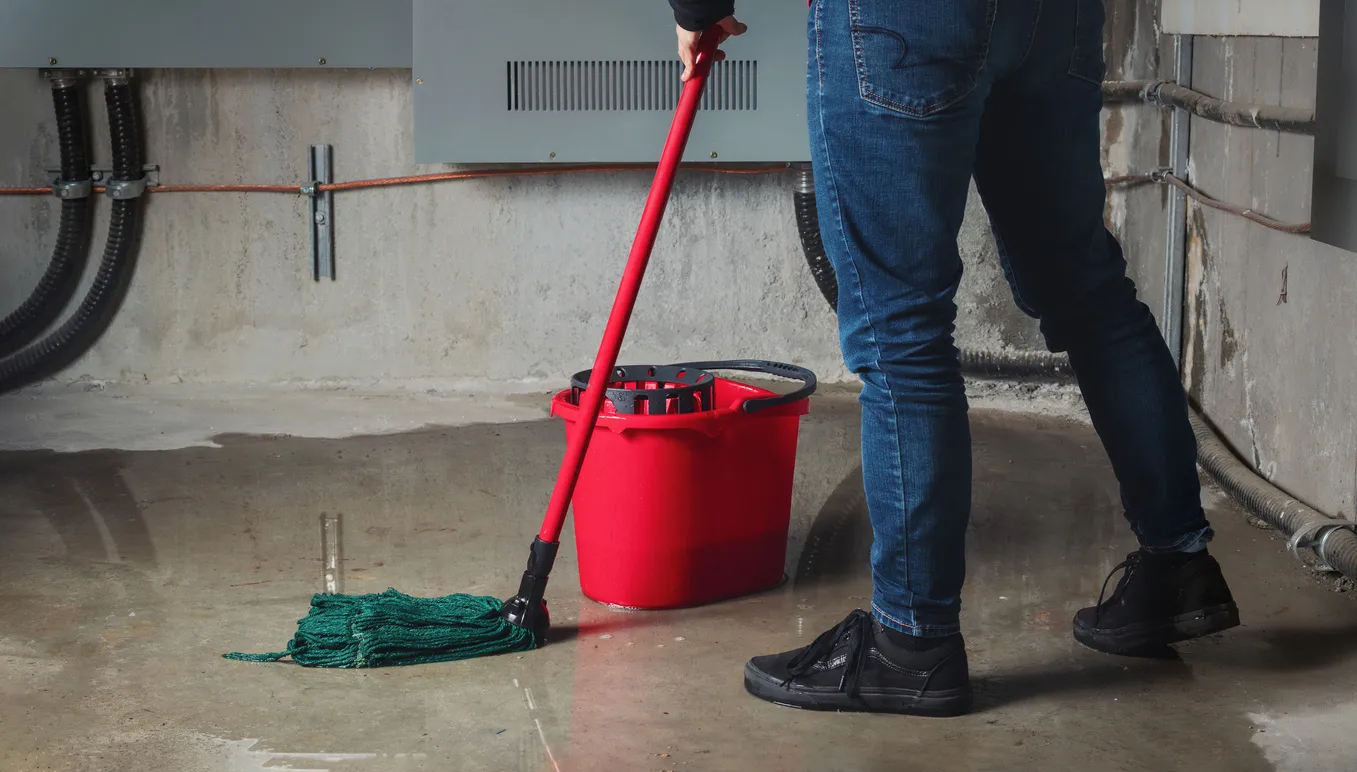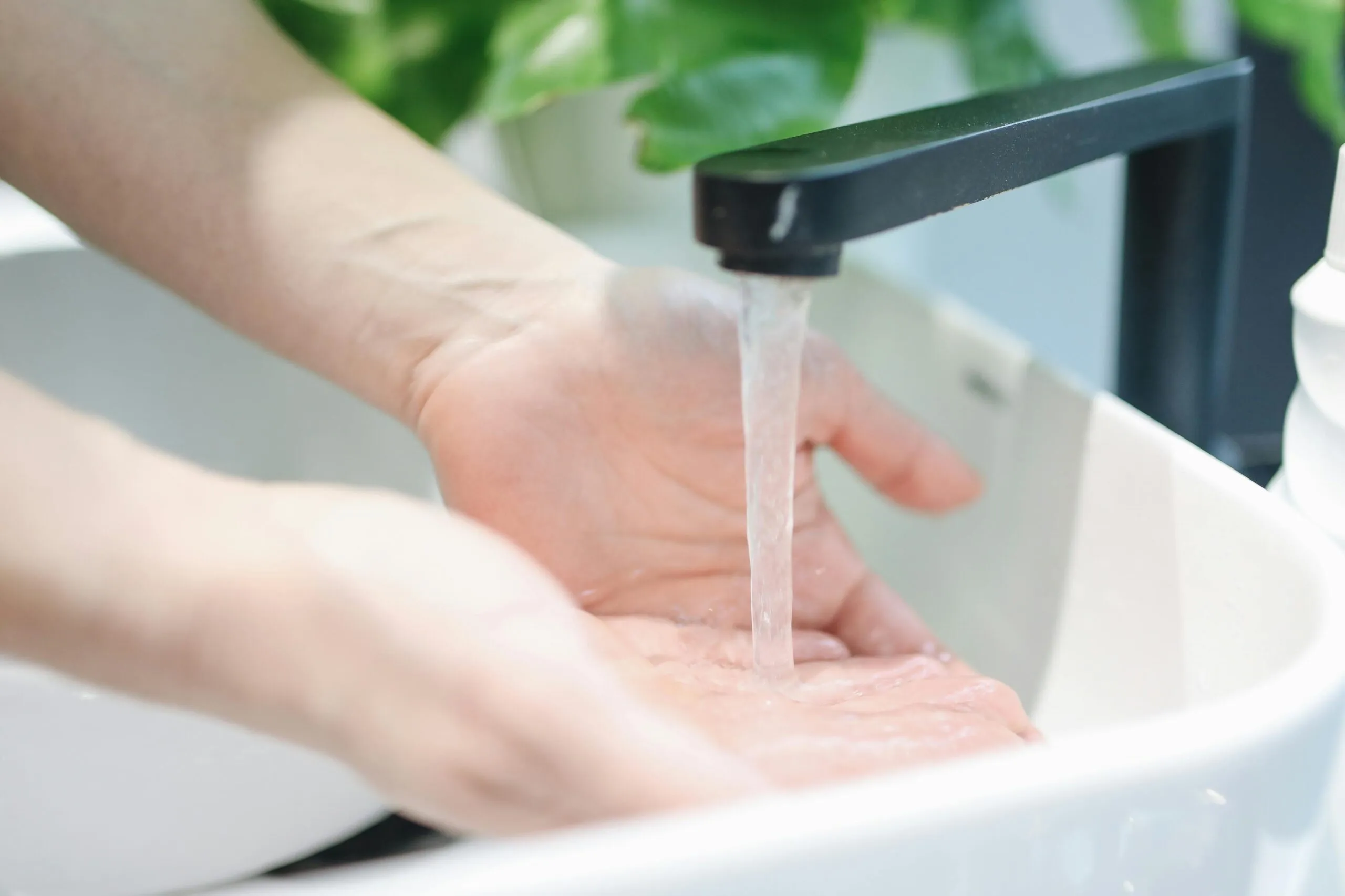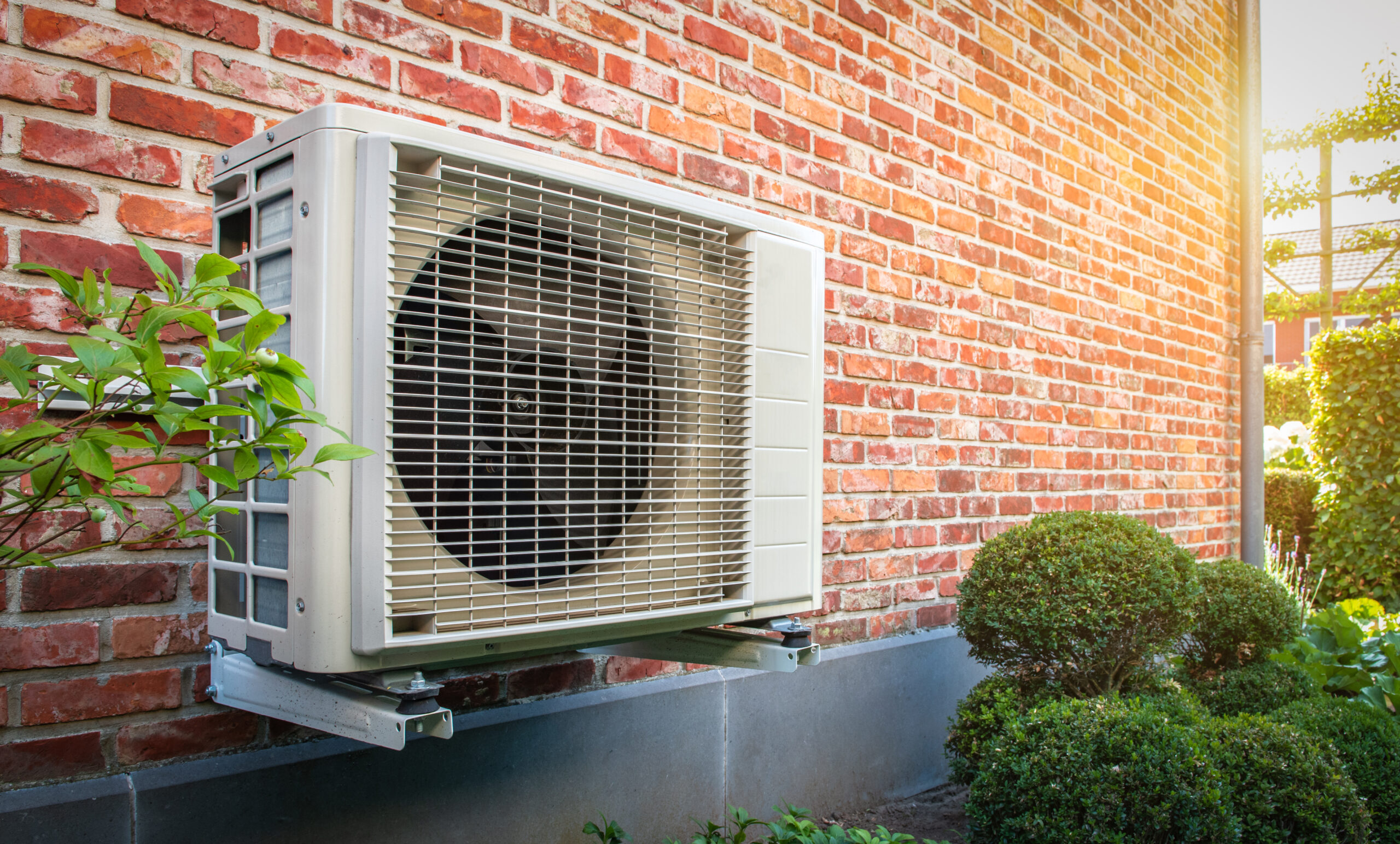How to Prevent Frozen and Burst Pipes
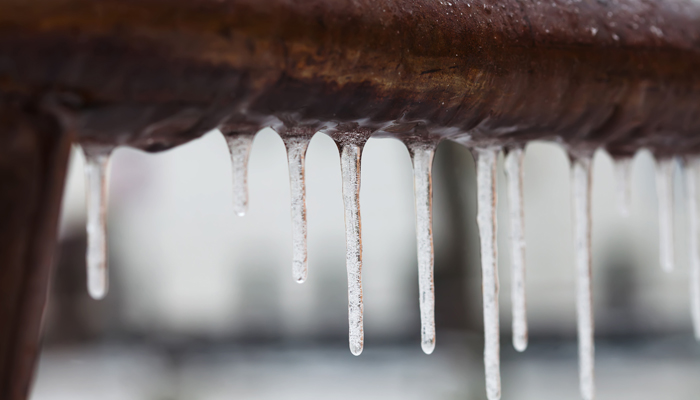
Winter weather can trouble drivers with snow and ice, but freezing temperatures can also lead to frozen pipes and enormous headaches for homeowners in Kansas City. We are here to help.
This article will cover what happens when pipes freeze, what to do if your pipes are frozen, and how to keep your lines from freezing. A burst pipe can cause significant water damage, so it’s best to be prepared and take preventative measures to stop this from happening.
How to Tell if Your Pipes are Frozen
Little or No Water
If you begin to notice a trickle of water or absolutely no water coming from your pipes, you may have a frozen pipe. To confirm this, you should inspect all uncovered pipes to check for a leak and make sure that your water is turned on.
If the water is turned on and there aren’t any leaks, you have frozen water in the lines.
Unusual Smells
While regular blockages can cause foul odors to come from your drains, a frozen pipe could also be the culprit during the winter.
This smell comes from having frozen water in your drain pipe that blocks any food or waste from going down the drain. The longer it sits there, the blockage begins to stink up the entire room.
Frost on your Pipes
If you have exposed pipes with visible frost, it’s likely frozen on the inside. While this is a definite sign that your pipe is frozen, it’s beneficial to know where the freeze is so you can take preventative measures in the future.
What Happens When Pipes Freeze or Burst?
Frozen pipes are a significant threat to your home and your family. Water expands as it freezes, putting extra pressure on any weak spots in your plumbing. Too much pressure can cause pipes to burst, which can lead to significant water damage and compromise the structure of your home.
It’s expensive and exhaustive to properly clean up water damage in all levels of your home once a pipe bursts. If it isn’t done correctly, you could have a mold problem which is a health hazard. Mold can worsen respiratory conditions such as asthma as well as cause new health problems.
If water floods your home and gets into any wood, like a door or frame, it can misshape it. Warped wood must be fixed to protect the overall structure of your home, and those repairs are costly.
In addition to the safety issues that come from a burst pipe, it can also cause financial problems. It’s expensive to fix the pipe. There are also expenses to clean up the water damage and to repair anything the water may have destroyed in the process. After having a burst pipe, it’s common to search for solutions to prevent this from happening in the future, costing even more.
By preparing your home for the cold temperatures in winter, you can prevent paying thousands of dollars in the future.
What is the Minimum Temperature to Keep Pipes from Freezing?
The minimum temperature to set your HVAC system to prevent freezing pipes depends on your home. If your pipes are well-insulated, you’ll likely be able to set your thermostat to a lower temperature. However, if you have a lot of exterior wall pipes, you’ll need a much higher temperature to keep them from freezing.
A general rule of thumb is that your thermostat should be set to no lower than 55 degrees Fahrenheit. However, to be on the safe side, it’s recommended that you put it between 60-68 degrees.
How To Keep Your Pipes From Freezing
Insulate your Pipes
Invest in insulating your pipes to prevent freezing. If your pipes have frozen in the past or you have exterior wall pipes, it’s worth it to install insulation over your pipes. It will trap heat and protect your home from the potential damage of a burst pipe for years.
To be extra careful, you can also book an appointment with a professional to inspect your home’s insulation. They will be able to let you know where your home loses the most heat and fix the problem with ease.
Open Cabinet Doors
Opening your kitchen cabinet doors is an easy way to prevent your pipes from freezing. This lets the warm air from your heating system circulate around the pipes.
Let Your Faucets Drip
Turn your faucets slightly and let them drip cold or warm water to prevent freezing. Doing this keeps the water moving, which doesn’t allow it to freeze up in one place.
Disconnect Outdoor Hoses
Disconnect, drain, and store hoses to prevent a freeze caused by outside faucets. When possible, shut off the indoor valve that connects to outdoor faucets and let the water drain. By getting rid of the water leftover in the faucet, you prevent it from freezing all the way up to the inside part of the pipe.
Monitor your Thermostat
Keep your thermostat within the minimum 60-68 degree range during the day and night. This will keep the heat on your pipes consistent without straining your heating system.
Seal Cracks
Inspect your home for any cracks or leaks that allow cold air to come inside. Check your walls, electrical wiring, and anywhere else you may feel a draft. Once you find the source, install insulation or caulk to seal it.
Heat Tape
To be extra safe, you can place heat tape on your pipes, both inside and outside of your home. Be diligent about researching and finding the suitable tape and follow the instructions for best results.
What to Do When Pipes are Frozen?
When pipes freeze, water can’t flow through them. To know if your pipes are frozen, check to see if water comes out of your faucets. If little to no water comes out, somewhere in that pipe, the water has frozen and blocked the water flow. You can also observe a frozen pipe through your toilet. The pipe is likely frozen if your toilet doesn’t refill after flushing.
Once you know your pipes are frozen, you should locate your water shut-off valve. If your frozen pipe bursts, you want to ensure no more water flows through that pipe. Turning off your water supply until a plumber arrives can significantly reduce damage and lower the cost of repairs.
If your pipes haven’t burst, then proceed with the following:
- Turn on your faucets: This will start the thawing process, and once you notice that water is freely flowing through them again, you’ll know that the pipe has thawed.
- Add heat: You can also try to thaw your pipes by adding heat to them. For example, you can blow warm air from a hairdryer on an accessible pipe, place a heating pad on it, or set a space heater around it to warm it up.
- Call a plumber: In cases where you can’t access the frozen part of your home’s pipes, you should call a plumber for assistance.
Does Insurance Cover the Damage from a Burst Pipe?
Insurance plans are very specific, so it depends on what the particular homeowner’s insurance plan covers or doesn’t cover. Even if it claims to cover burst pipes, there may be clauses and conditions that can make getting an approved claim a hassle.
A.B. May Home Warranty and Service Plans do not cover damage from a burst pipe. To know if your insurance plan has you covered, speak to your insurance agent.
Call A.B. May to Repair Burst and Frozen Pipes
If you have a burst pipe, turn off your water valve and call A.B. May immediately. We will send the first available plumber to you to assess and repair your pipes so you can get back to your regular life as soon as possible. If you have any questions, don’t hesitate to call us at 913-383-3100.
Request Service
Fill out the form below, and we’ll contact you shortly to schedule your home service appointment.

